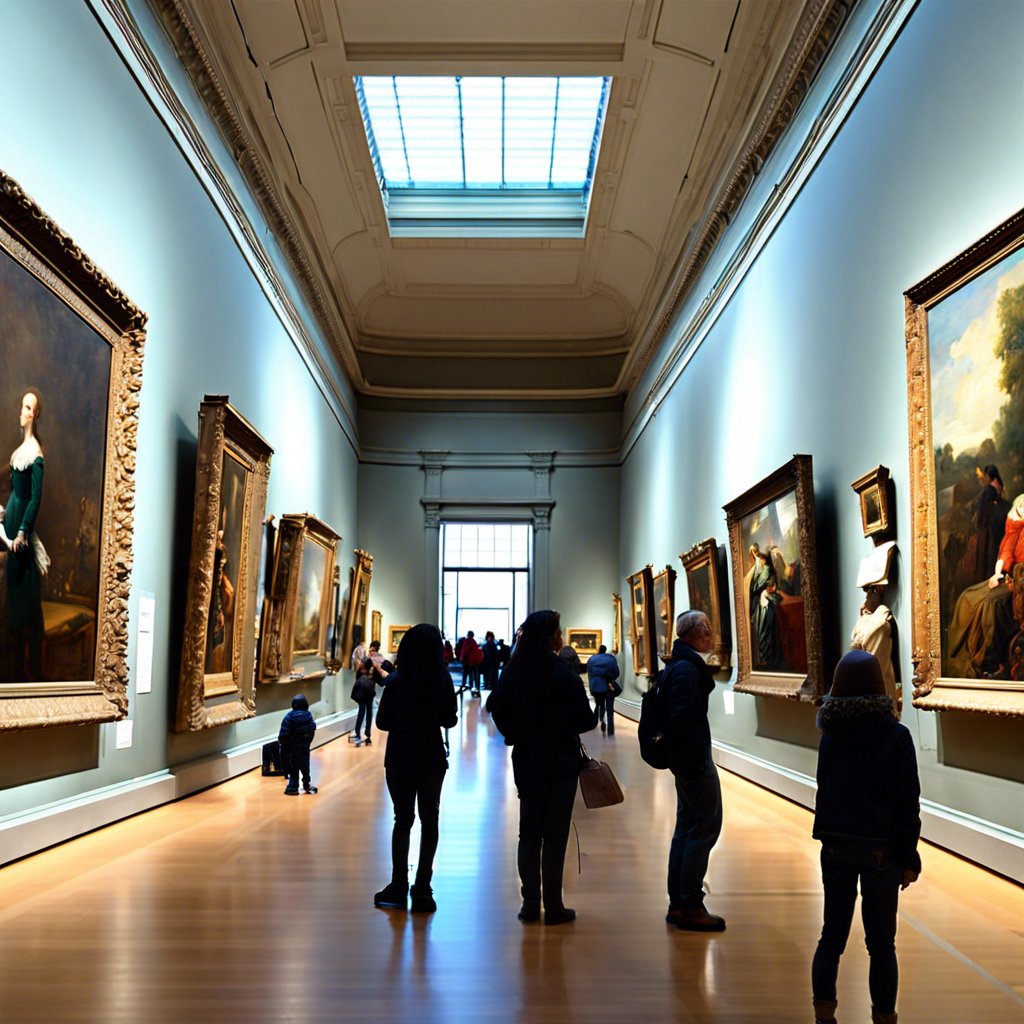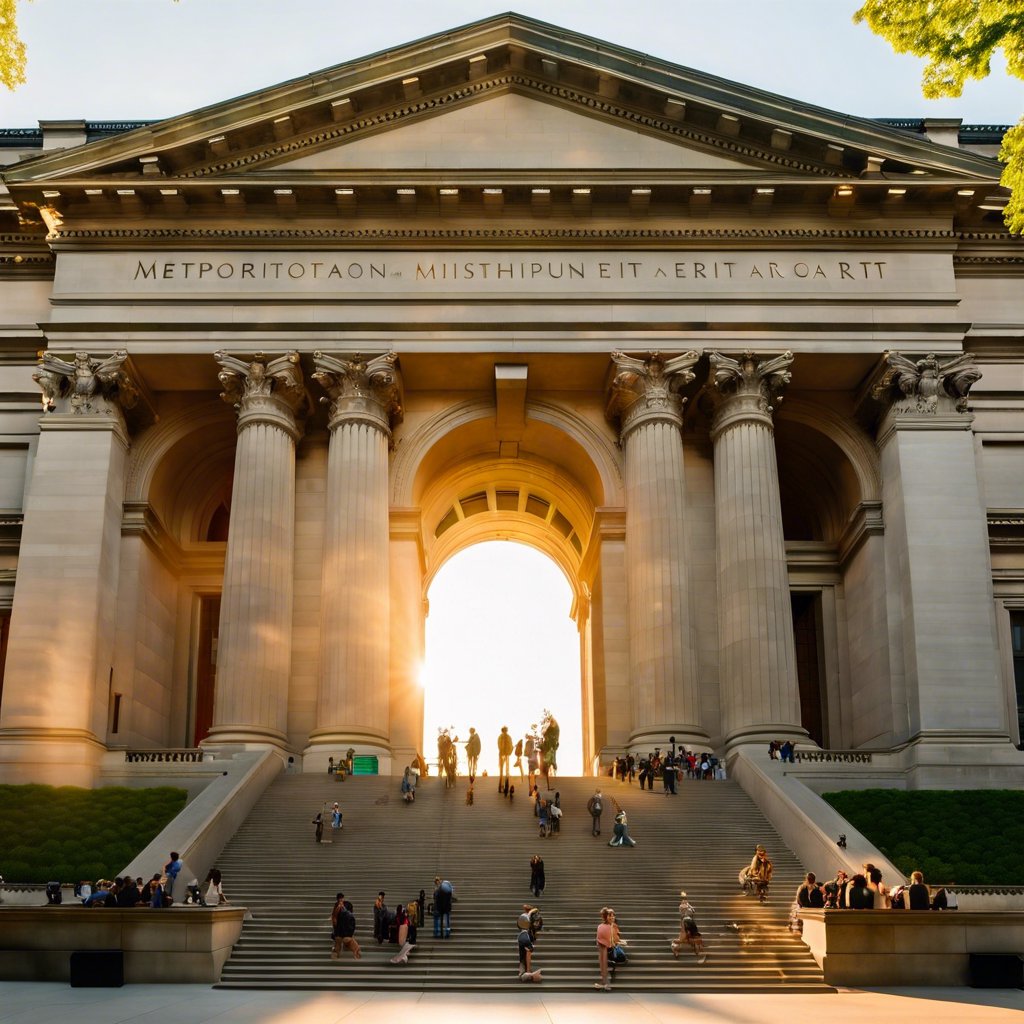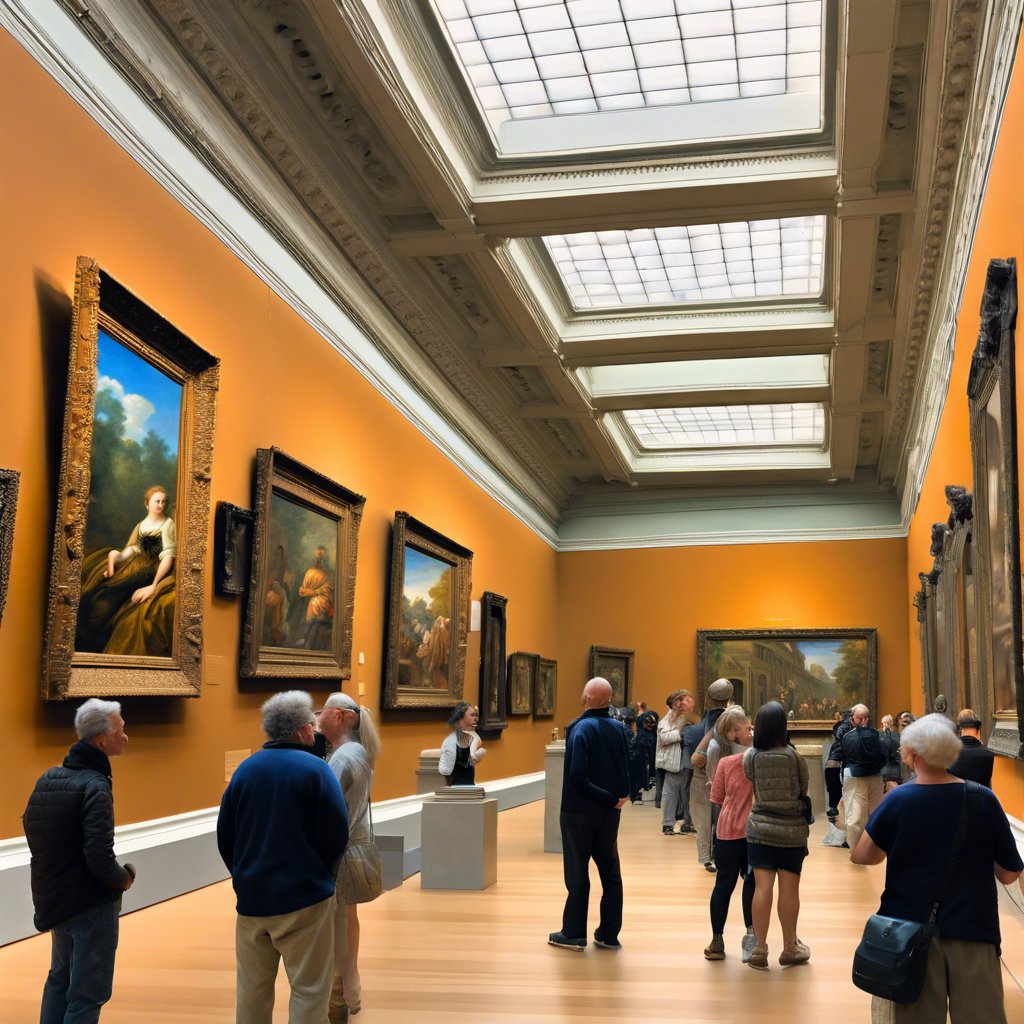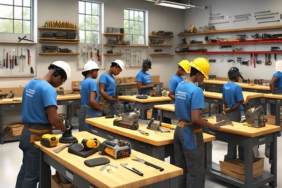My Personal Art Journey: The Metropolitan Museum of Art
Drawing attention with the articles he publishes on his personal website, Yıldız Holding Board Member, Pladis and GODIVA Board Chairman Murat Ülker continues to share the art museums he frequently visits with his readers. This time, Murat Ülker talked about the Metropolitan Museum of Art (The Met), which he describes as the ‘space of timeless art’.
The place of timeless art: The Metropolitan Museum of Art (The Met)
Metropolitan Museum of Art / Overview
We had a pleasant interview with Gila Benmayor at Yıldız Holding Çamlıca Campus the other day. During our conversation, I had the opportunity to touch on many topics, from art being a healing force for society to contributing to both individual and institutional development. During the conversation, I realized that I had not written about this museum when I mentioned my recent visit to the Metropolitan Museum of Art (The Met) and that The Met team will be coming to our Holding in the near future. I should share the information I have gained and the experiences I have had with you.
One of the world’s largest and most prestigious museums, the Metropolitan Museum of Art, commonly known as “The Met”, is located in Manhattan, New York, right next to Central Park. The museum’s collection includes countless works from the Ancient East to Egypt, and from Greece to Rome. In addition, some of the works from the European Middle Ages collection are exhibited in its annex building in Manhattan. So if you happen to be there, don’t forget to visit The Met and visit the annex building.
In addition, the museum has a research library, a special section for children, and active educational exhibitions. As you can appreciate, unfortunately, one day is not enough to visit the entire museum, which contains more than 2 million works, and to see all the works. If you take the time knowing this, you will have the opportunity to see most of the works. By the way, The Met was also used as one of the main locations in the 1990 film “All the Vermeers in New York”. It was indeed a good location choice in terms of visual richness and atmosphere due to its architecture and location.
When I visit most museums, I first want to explore the history of the museum. Especially a museum like the Metropolitan Museum of Art, which has works from different periods, when did they bring them together or why? After all, visiting a museum actually means traveling through history; let’s travel through time.
The early roots of The Met date back to 1866, when a group of Americans decided to establish a “national institution and art gallery” to provide art and art education to their people. At that time, Americans saw art as a national heritage and vowed to present it to American society. John Jay, a lawyer, quickly got down to business and laid the foundations of The Met. With Jay’s leadership, people from many different walks of life came together and the Metropolitan Museum of Art was established on April 13, 1870. The museum, which first opened in the Dodworth Building at 681 Fifth Avenue, quickly gained popularity. The purchase of a Roman sarcophagus as its first work attracted the attention of art lovers and collectors. In 1880, the museum soon moved to its current location, an eye-catching building on Fifth Avenue and 82nd Street. Designed by Calvert Vaux and Jacob Wrey Mould, this aesthetic building was expanded with various additions and acquired its current appearance.
The museum has made great efforts to continuously expand and diversify its collection over the years. Just think, it would take a great deal of effort to include over 2 million works from ancient times to modern times. According to my observations, it is remarkable that The Met includes works from many different regions. The reason for this is that there are no remains of any ancient cultures in America, which is called the “New World”. In fact, the founding philosophy of The Met is exactly this; to bring together and present works from various parts of the world in order to educate the American people and introduce the richness of different cultures.
For example, in order to introduce the Romans and Ancient Egypt, they have completely moved the cultural heritage of these civilizations such as temples and palaces to the museum. Some of these works are in the form of large structures and rooms that were completely dismantled from their countries. In other words, they have not dismantled an Ancient Egyptian Temple, an Italian Mansion or just a historical fountain, but the entire Fountain Room. Frankly, although it is an unusual situation, I found the museum very successful in terms of conveying culture. When I think about it, no one in our country would think of opening such a museum to learn about the culture of the Romans or Egyptians, and would not move huge temple buildings. But everyone in our country knows the Romans or Egyptians anyway.
The Department of Islamic Art was opened later at The Met. Works of Islamic art were exhibited in the Department of Near Eastern Art until 1932, and then, due to the increasing importance of Islamic art and to bring Islamic art to a wider audience, a separate Department of Islamic Art was established in 1963. The Department of Islamic Art at The Met was established because Islamic art is rich and covers various periods in history. Visiting this department was quite exciting for me. The changes and interactions that have occurred in Islamic art in different geographies and periods over time can be clearly seen. I can say that the museum has achieved its purpose here.
The extensive collection in the Department of Islamic Art at the Metropolitan Museum of Art covers a wide geography, from western regions like Spain and Morocco to Central Asia and Indonesia. This collection includes both sacred and secular objects, and it also includes key elements of Islamic art, such as calligraphy, plant motifs, and geometric patterns. There is a historical and geographical flow to the collection, for example, India, Iran, Turkey, Andalusia… Basically, as you know, one of the main artistic developments in the Islamic world was the development of calligraphy around the idea of the holy Quran and its sacred words (verses) expressed in many different styles. Here is a blue Quran from the 9th or 10th century. It is a very early piece, a great masterpiece. I remember about ten years ago, we organized an exhibition sponsored by the Republic of Turkey: 1400 Years of the Quran, and we even had a book of that exhibition published. There were very rare examples.
In various stages of Islamic art, for example, in the palaces of the Andalusian and Ottoman periods, there are works brought from all over the world. The world’s largest Chinese porcelain collection is in Topkapi Palace. Various tribes in different parts of the world became Muslims and while Islam influenced their culture and art, they also brought pieces of their own culture and art to Islam. For example, the figures of the Seljuks, the Sassanid and Greek crowns of the Persian shahs, the pilgrim hats from Indonesia, South Sulawesi Island, the geographicals of gilding and various colored paints in journey in history are all things you will witness and learn while visiting the museum
By the way, I did not want to pass by without mentioning that; all art lovers interested in Islamic art can visit our exhibition “Talking Writings” belonging to Yıldız Holding Islamic Art Collection and our exhibitions where we present works of Islamic Art such as “Famous Calligraphers in the Flow of History” that we have presented to art lovers in various cities of Turkey and listen to what the works have to say to you.
Returning to our topic; The Met offers its renovated galleries, including Turkey, Arab Countries, Iran and Central Asia. These galleries display works of Islamic art from various periods and geographies. These works include architectural structures, manuscripts, ceramics, textiles and ornaments. The museum displays works of Islamic art by arranging them according to the nations and states that have lived in time; Thus, the historical development of Islamic art and its interaction with different cultures can be seen very clearly. For example, while there are no works with figures after the Prophet in the Hejaz region, the use of figures in the art of the Muslim Turks in Anatolia is striking. Do you think that this situation shows how thought and life, and accordingly art, evolved in different regions of the Islamic world and regional differences. Right here, I will talk about an interesting interaction in history. In Islamic art, after the invasion and destruction of the Mongols, their contribution to art as Muslims in settled life; the Mongols became Muslims and reflected the traces of the cultures they were previously influenced by in their own interpretations of Islamic art. Thus, we can see traces of Chinese civilization in the Middle Eastern Islamic civilization.
Iran offers a very different perspective in Islamic arts. Miniature books and works full of symbols from the Shiite school have found a large space in the museum. The works of art brought from Morocco, where masters who worked for years to create original works specific to the region, have gently carved the names of their children born at that time, have also gained a separate originality.
To summarize, the Islamic Art section of the Metropolitan Museum of Art brings together the art and cultural richness of different Islamic civilizations throughout history. After visiting this section, I realized how Islamic art developed within the framework of prohibitions and traditions, and its importance in understanding the universal language of culture.
The Metropolitan Museum of Art has made family galleries an important part of the museum by using various sponsorships to finance its artworks and galleries. Large corporations and philanthropic families contribute to the preservation and exhibition of art with their donations to the museum. In order to appreciate this support, the museum allows for branding in a very modest way by giving the names of the sponsors to the galleries. I can say that such sponsorships play an important role in ensuring the sustainability of the museum. For example, the Koç Family Gallery is one of the striking sections in this museum. I really appreciated it.
There is another interesting and impressive point: The museum has managed to create an impressive connection by bringing together ancient and modern art. While sharing the traditional roots and historical background of the period in the galleries where the works are exhibited, the works of Burhan Doğançay, which suddenly appear, clearly reveal the place where today’s modern art originates. Just like in the example of Turkish modern art, modern artists create new works using traditional motifs and techniques that are actually in their roots. This is important for understanding the evolution and continuity of art. By establishing this connection, The Met shows visitors how art has traveled from the past to the present. As I said at the beginning of my article, you travel in a time machine in this museum. Thanks to the large, three-dimensional installations of past times, such as buildings, temples, and rooms, you feel as if you are living those times.
My visit to the Metropolitan Museum of Art has come to an end. For someone like me who is interested in art and history, it was a fascinating experience. The museum’s extensive collection, its commitment to preserving cultural heritage and sharing it with the public, once again demonstrates the universal language of art. The meeting of Islamic art, modern and traditional art, the contributions of sponsors and the structure of the museum make visiting this museum a truly special experience and a must. The history and story behind each piece makes visitors to the museum feel that art and culture are an inseparable whole. Every moment you spend here will allow you to step into the fascinating world of art and history.
Footnotes:
- All the Vermeers of New York
- I cannot help but mention the works of Burhan Doğançay in the Metropolitan Museum of Art. Photographer and painter Burhan Doğançay, known for his influence on contemporary urban and street art, is one of the most valuable Turkish artists of the 20th century. The fact that his award-winning works are now in the collection of a world-famous museum is a well-deserved compliment.
- If you visit Yıldız Holding, Istanbul, Çamlıca and Pladis, London, Chiswick campus, you can see these works by appointment.














